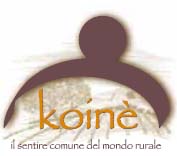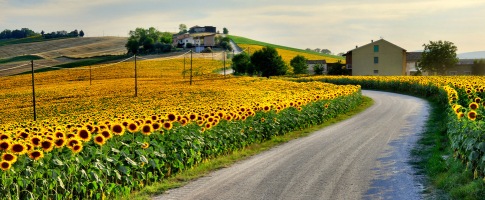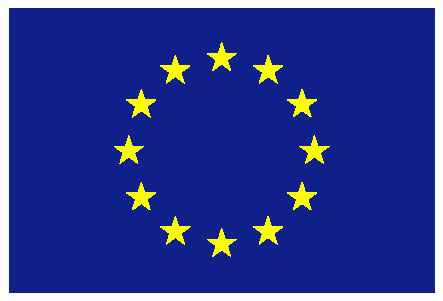Mappatura spaziale dell'agricoltura urbana - Analisi di alcune esperienze realizzate con strumenti di web-mapping
Urban agriculture (UA) is a worldwide growing phenomenon.In the metropolitan areas of the Global North, UA is not simply a food production activity but also a mean for social aggregation and for urban environmental sustainability.
In this context, today, the spatial representations of the urban environment are enriched with a new layer: the cultivated green spaces. This is a common trend in several cities where spatial representations act as a tool for interpreting the phenomenon and its relationships with the urban environment. The tool is useful both for administrators, to support the planning choices, and for citizens that can participate actively in the planning process by providing new spatial information.
Web spatial representations have become common after the so-called Web Mapping 2.0 era, when the Web was enriched with features that enabled users, without any cartographic skill, to produce spatial information and realize web-mapping representation of various phenomena.The UA web-mapping representations are the ideal mean for depicting an entity that is spread over urban and peri-urban areas, is dynamic in space and time, has a wide dimensional variability (from small backyard gardens to large urban farms), and is often informal and socially driven. These spatial inventories, therefore, may benefit from the continuous and updated stream of geographical data derived from the user participation.
Aims of the contribution is to collect and analyze several web-mapping projects, containing the UA layer, realized in some metropolitan areas between United Stated and Europe. The projects are compared highlighting their peculiarities by taking into account several attributes (e.g. author, aim of the projects, typology of UA mapped, technological tools employed, etc.).
The data used in the analysis were collected during the first semester of 2014. Therefore the results are a static image of the projects, in fact, possible changes may have taken place either for the technological evolution of the tools or for any new datasets updates











